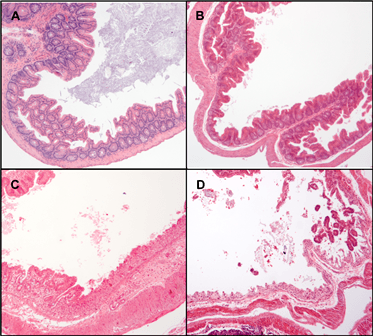Orogastrointestinal Model of Nucosal Candidiasis
6/20/2014
Orogastrointestinal Model of Nucosal and Disseminated Candidiasis. Clemons KV, Stevens DA. Methods Mol Biol. 2012;845:557-67. doi: 10.1007/978-1-61779-539-8_41.
Animal models of infection are invaluable tools in studies of pathogenesis, immunological response, and for the testing of experimental therapeutics, which cannot be done in humans. Murine models of infection are used most often for these studies and provide numerous advantages, including availability of immunological reagents, many strains with defined genetics, and ease of handling and cost considerations. Here we describe a model of orogastrointestinal candidiasis. Outbred mice are immunosuppressed using weekly doses of 5-fluorouracil to induce neutropenia and damage the mucosal epithelial layer, and are also maintained on a broad-spectrum antibiotic regimen to reduce secondary bacterial infection. Mice are infected orally to allow for the colonization of Candida albicans on the mucosal surfaces of the tongue, esophagus, stomach, small intestine, and cecum. Within 5 days, yeast disseminate from the gastrointestinal tract, to establish sites of infection in the kidneys and liver. Utilizing colony-forming units (CFU) recovered from specific tissues as the parameter for severity of infection, various therapeutic interventions can be examined for efficacy and capacity to eliminate colonization or disseminated infection. Studies of comparative virulence, host response, and pathogenesis are also possible using this model.

 Gastrointestinal System
Gastrointestinal System




